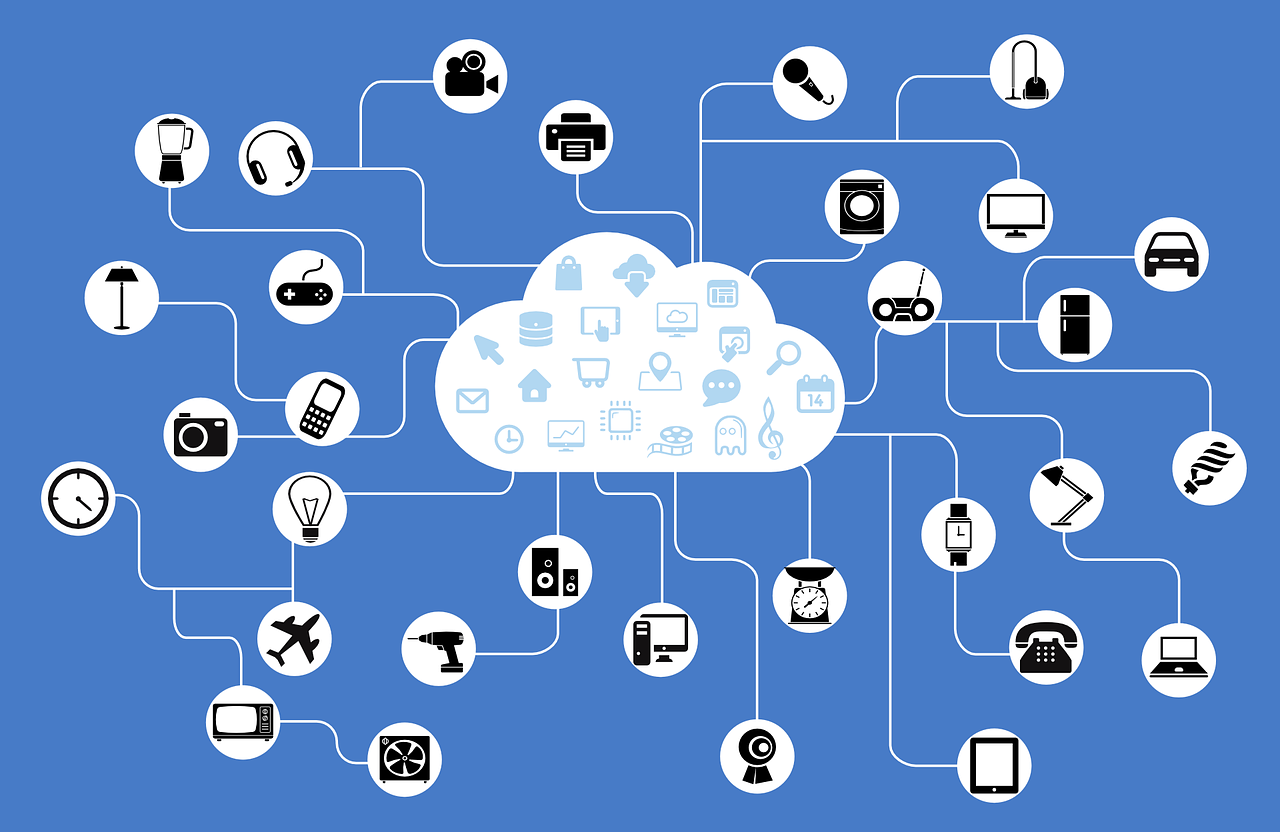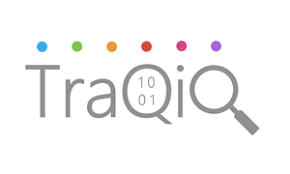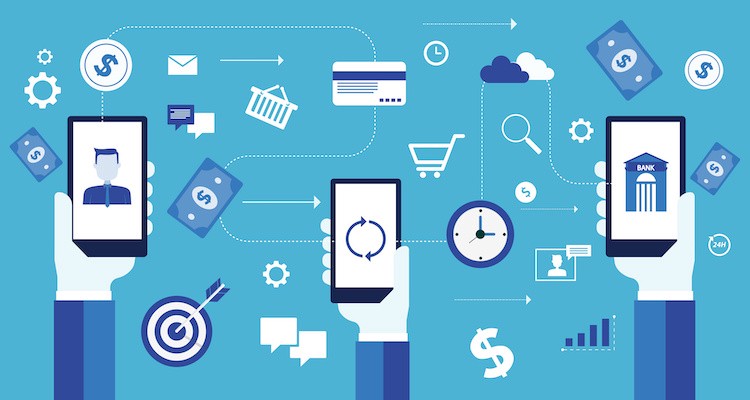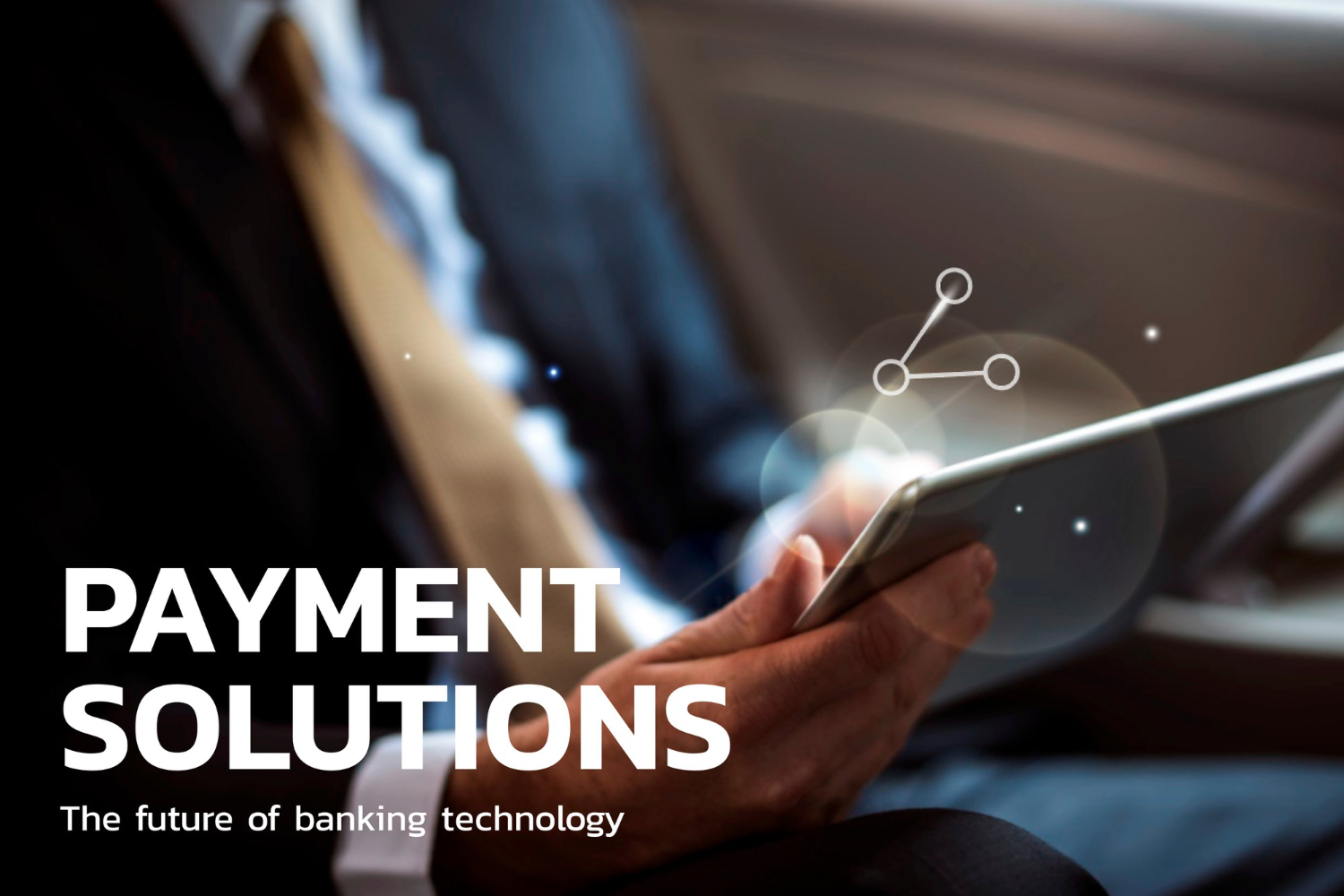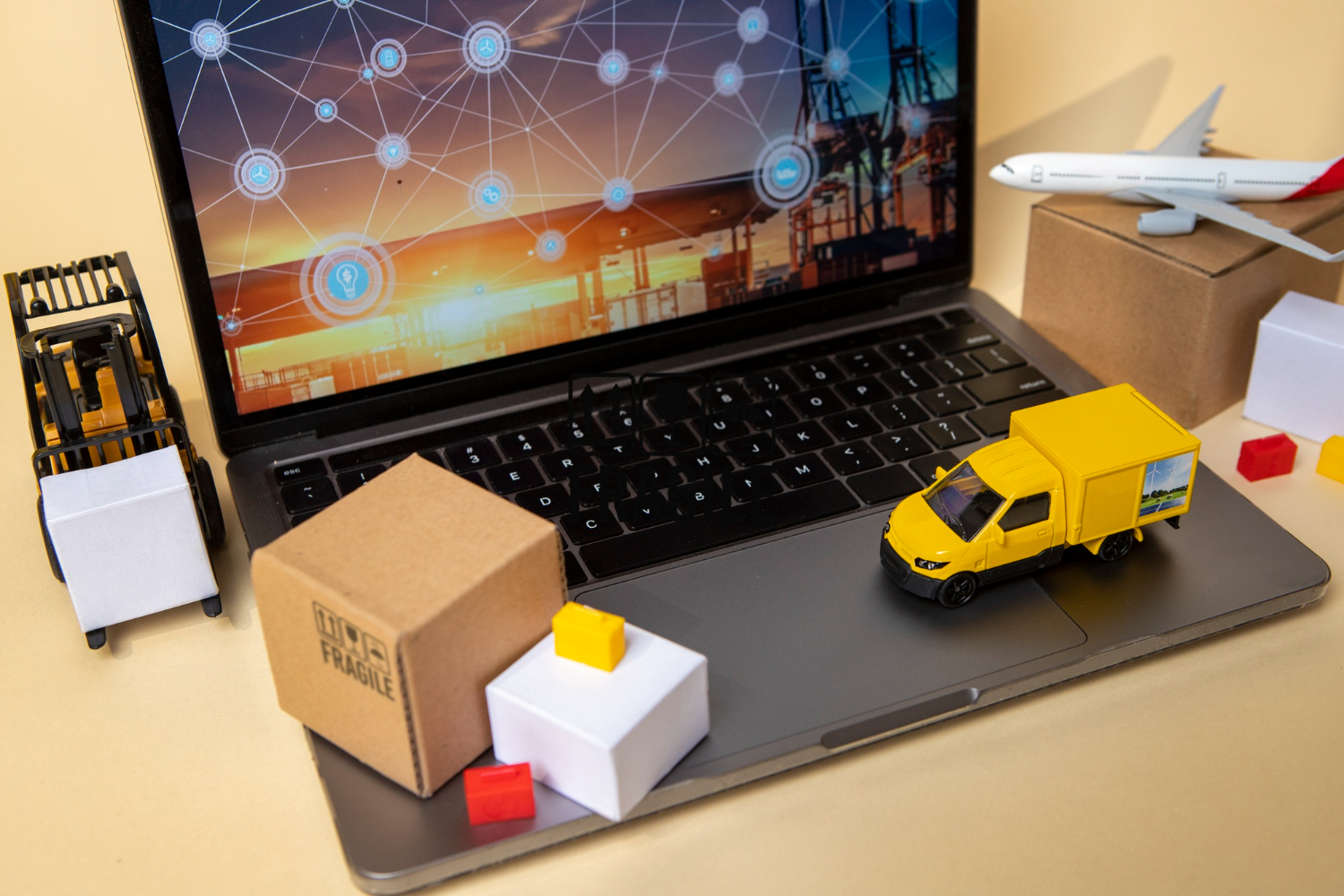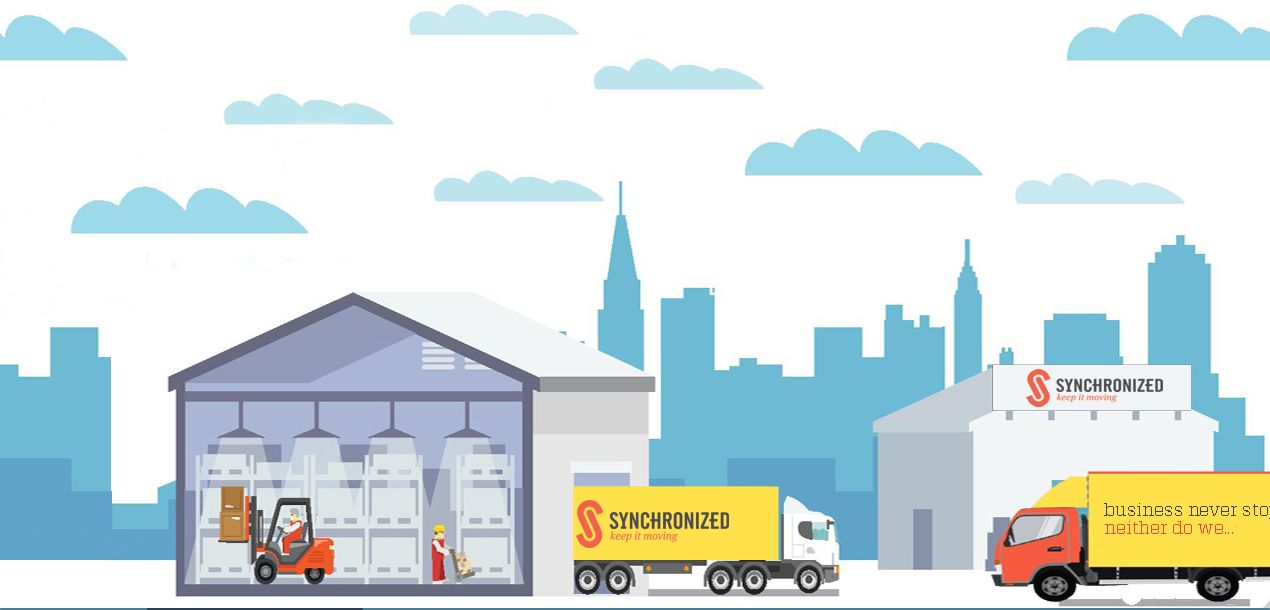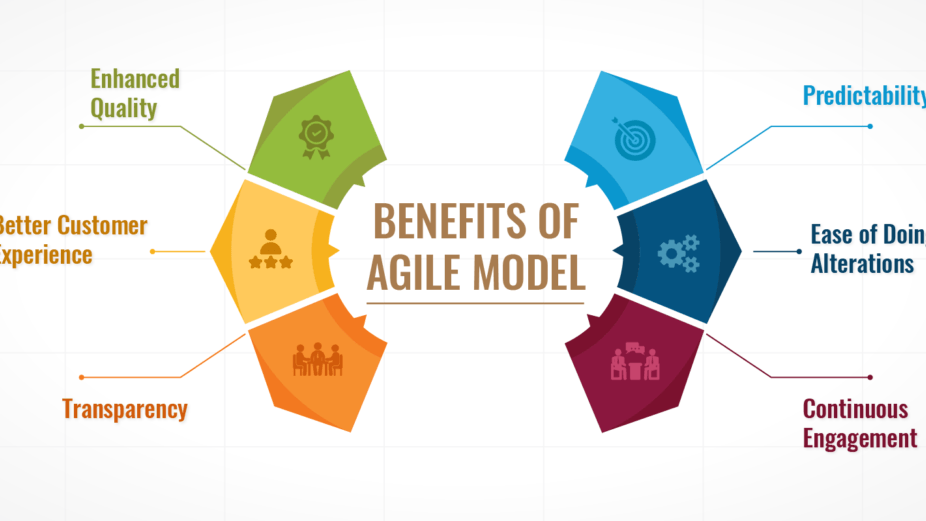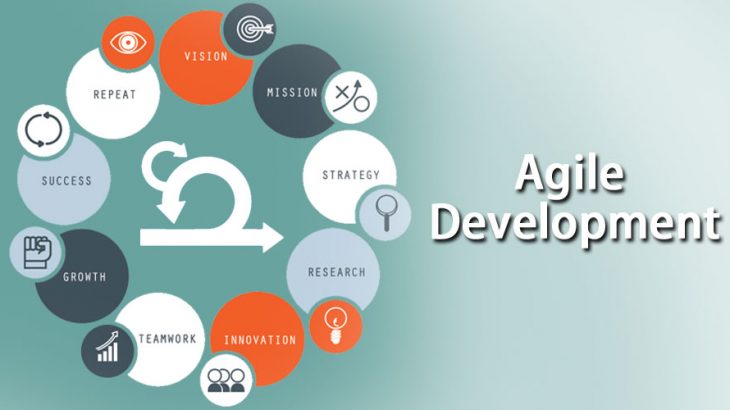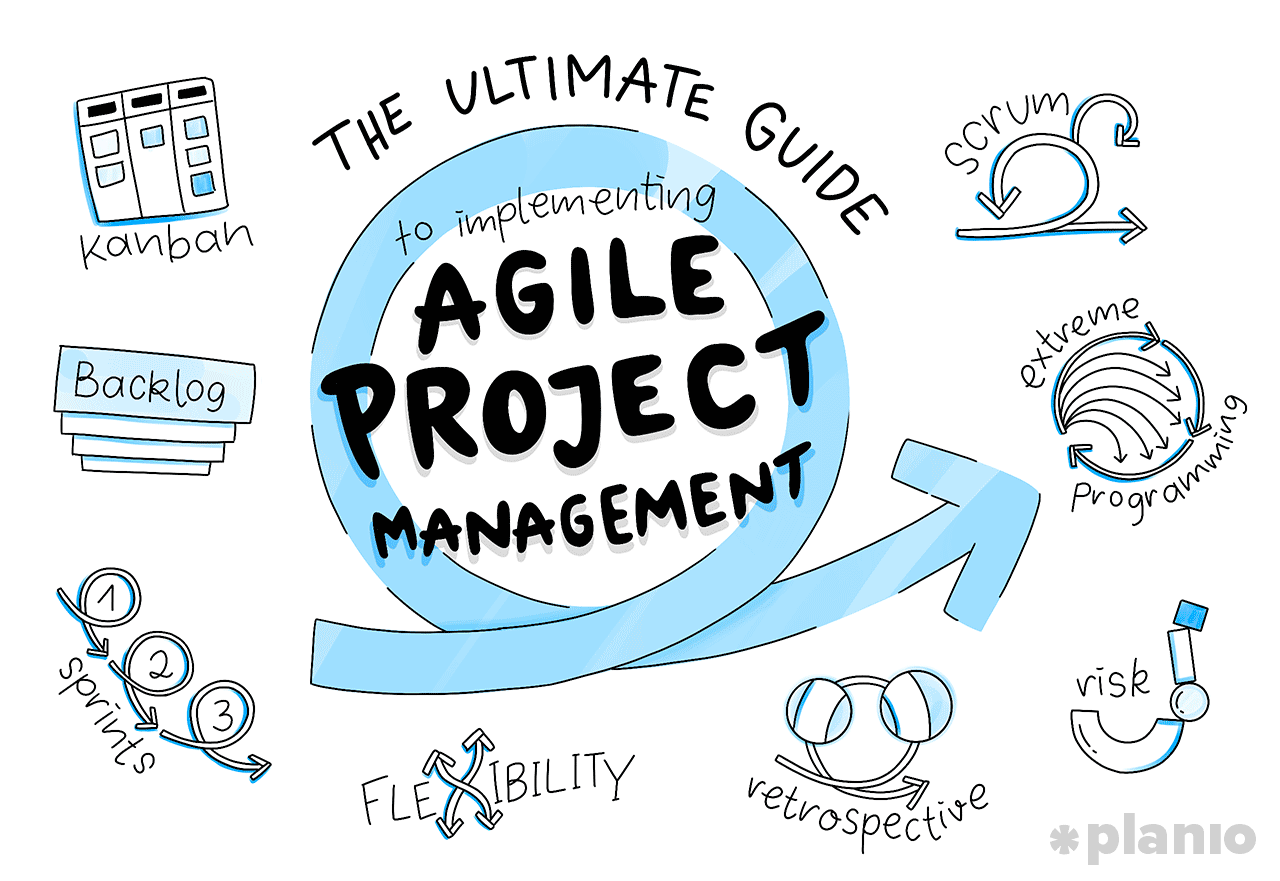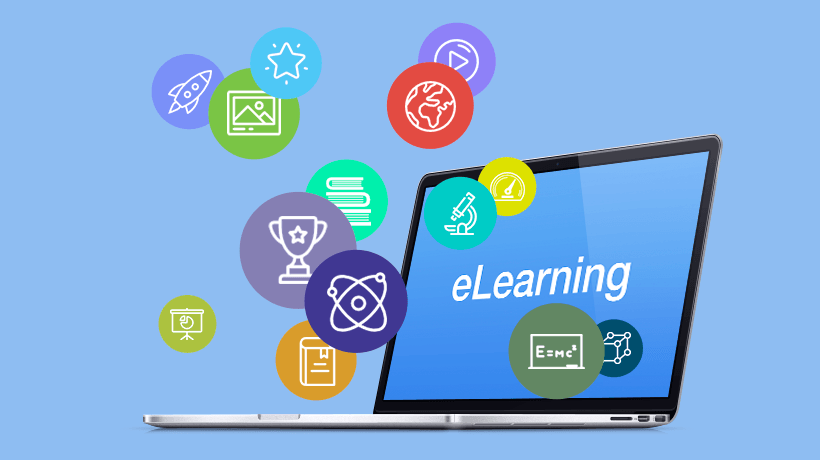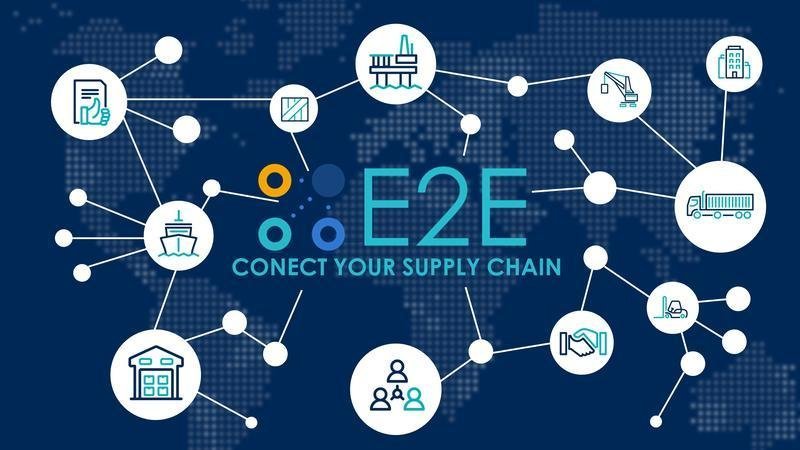Blockchain technology, the Internet of Things (IoT), and Artificial Intelligence (AI) are now widely acknowledged as disruptive technologies with the ability to enhance current business processes, establish new business models, and disrupt entire sectors. By offering a shared and decentralized distributed ledger, blockchain, for example, can improve trust, transparency, security, and privacy in corporate processes.
Purpose of Blockchain, IoT and AI:
- A Blockchain, or a distributed ledger in general, can store all kinds of assets in the same way that a register can. These data can primarily be linked to money and identities.
- IoT drives industry automation and user-friendliness of business operations, both of which are critical for the IT industry's overall readiness.
- Finally, AI improves business processes by spotting trends and optimizing their consequences.
Until now, the interconnectedness of these three advancements has been overlooked, and Blockchain, IoT, and AI have been used in isolation. These advances, on the other hand, may and should be used in tandem, and they will merge in the future. IoT collects and gives data, Blockchain provides infrastructure and establishes engagement rules, and AI optimizes processes and rules, according to one conceivable connection between these technologies.
The Convergence of Blockchain, IoT, and AI
Blockchain technology was exclusively considered in the context of payments until a few years ago, i.e., Bitcoin and Ether, however, non-financial applications of blockchain technology, such as supply chain management and digital identities, have emerged in recent years.
For example:
1. New studies have emerged that highlight the use of Blockchain technology to improve the system infrastructure of various IoT devices. They outline how the architecture of blockchains can be modified such that the resulting infrastructure is better equipped to serve IoT devices, especially with respect to the speed of transactions.
2. Besides focusing on Blockchain in connection with IoT, some studies also focus on the combination of Blockchain and AI. To date, the focus has been on linking Blockchain with one other breakthrough technology, such as IoT or AI, rather than implementing all three technologies at the same time. The actual potential of these new, developing technologies, however, will only be realized if they are merged.
Conclusion:
Blockchain, IoT, and AI are all technologies that can be used in a variety of ways. We believe that these advancements will converge because the combination of these technologies will boost business models, products, and services.
Benefits:
- Sensors, automobiles, robots, trucks, cameras, and other IoT devices might all gain from such business models. These entities can send and receive money on their own, and make decisions as independent economic agents using AI and data analytics.
- The growth of such business models, as well as the digital transformation of industrial enterprises, will be fueled by their convergence. Executives must deal with these technologies if they are to achieve significant efficiency benefits.
- The combination of blockchain technology, IoT, and AI will usher in a new era of digitization.
How can TraQiQ help?
At TraQiQ, we are well-versed with emerging technologies like AI, Analytics, Machine Learning, and Blockchain. Based on client needs and requirements for various domains, we can assist you in selecting the best option for your company and advancing it to the next level of its digital transformation ladder. For more information regarding our services please contact us.
